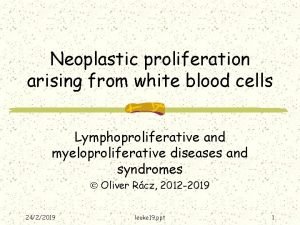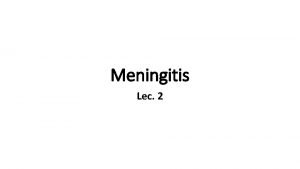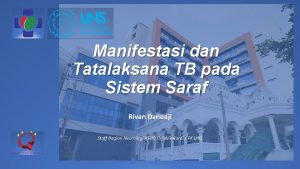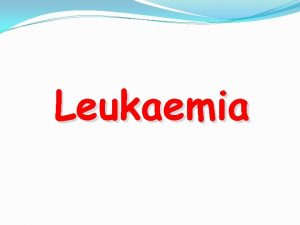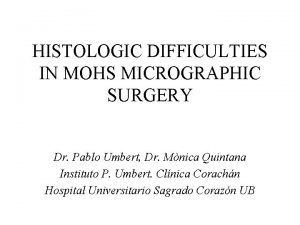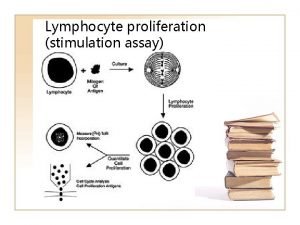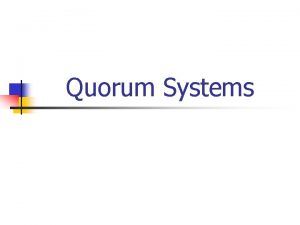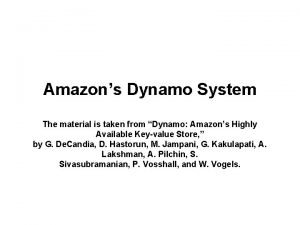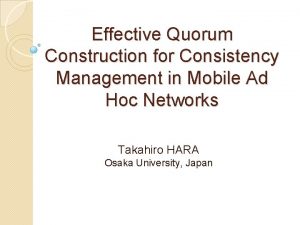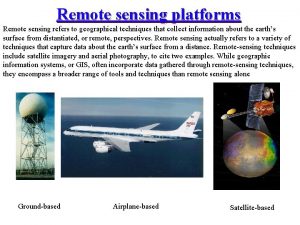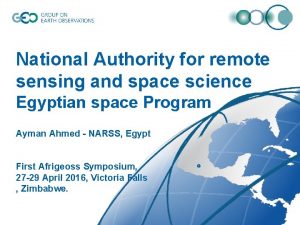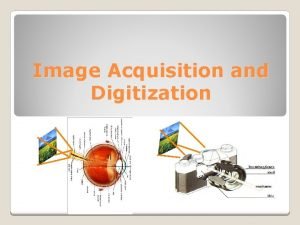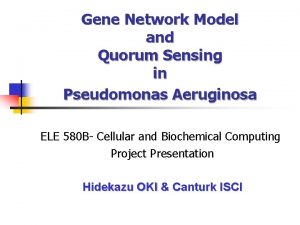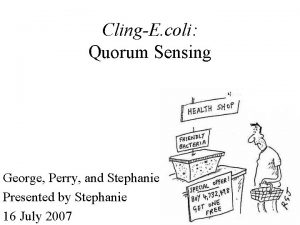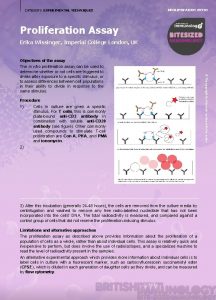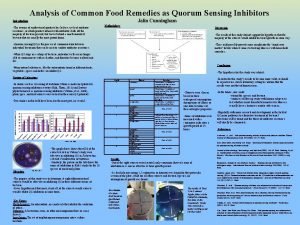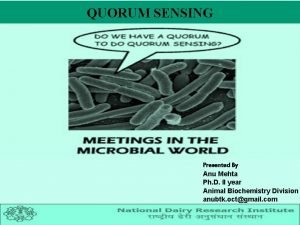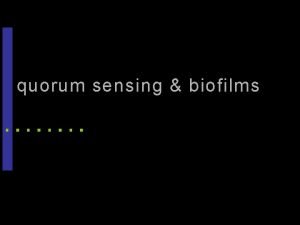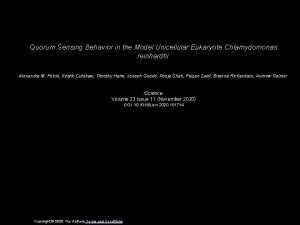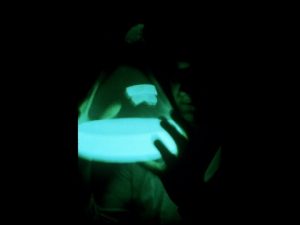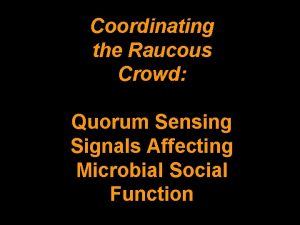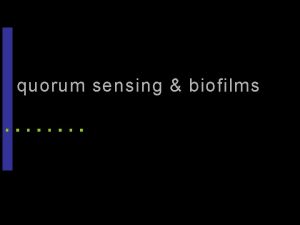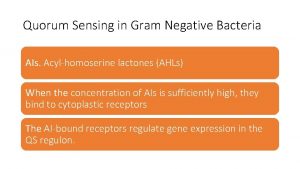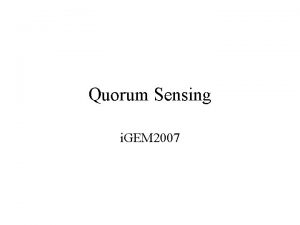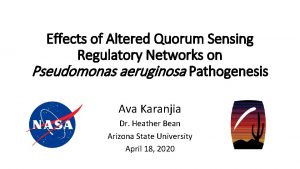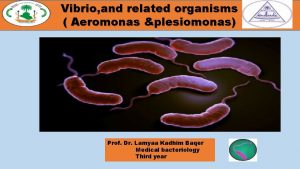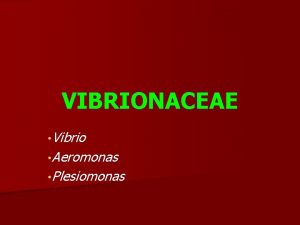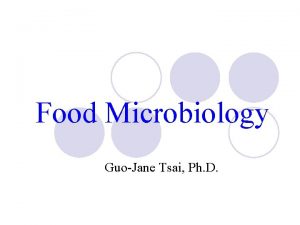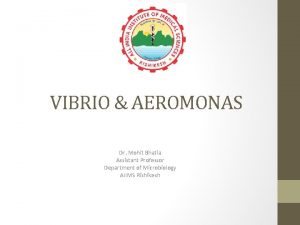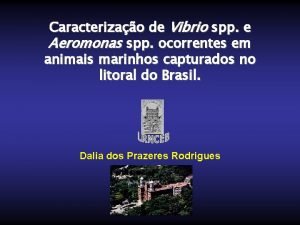Aeromonas salmonicida proliferation and quorum sensing in response


























- Slides: 26

Aeromonas salmonicida proliferation and quorum sensing in response to mucins isolated from Atlantic salmon skin and intestine János Tamás Padra, Ph. D University of Gothenburg, Sweden Mucins in Infection and Cancer Team

Furunculosis disease • Causative agent of furunculosis disease: Aeromonas salmonicida • Gram-negative, facultative anaerobic, non-motile rod • Furuncle-like swelling, ulcerative lesions, bowel inflammation – often fatal • Infects mainly salmonids but described in other fish species in contact with salmonids • A. salmonicida has a devastating impact on cultivated fish, particularly the Salmonids

Role of Mucins • Form mucus layer with other secretions • Barrier function • Dense carbohydrate coating can hold water • Protects against proteolysis • Lubrication • Other

Sites of interest Skin

Mucin structure • 2 -11 residues in glycan chains • Skin O-glycans are short (2 -5) • Intestinal mucin O-glycans are longer (up till 11)

Previous results

The salmon O-glycans are highly sialylated (78 -90%) Jin et al. , 2015

AB-PAS staining Skin Proximal intestine Jin et al. , 2015 Pyloric ceca Distal intestine

Intestinal mucins promote A. salmonicida growth Defined medium (DM)+Glucose 30 min DM only 160 min

Adhesion – dual role? DM+Glucose DM

”Large” mucins nurture better DM+Glucose DM

Do sialic acids promote growth? DM+Glucose DM

Aeromonas salmonicida – tactics of colonization A. salmonicida is provided with tools to degrade mucins and use as C-source – β-galactosidase – β-N-acetylhexosaminidase – Glc. NAc-6 -phosphate deacetylase – Glucosamine-6 -phosphate deaminase – Sialidase?

Sialidase present?

Mucin building blocks on proliferation

Desialylated mucins further increase growth

Quorum sensing • A form of communication with small molecules • Responsible for the group behaviour of bacteria • Alters metabolism, luminescence, virulence etc. • Three forms are known at present: • Intra-species communication • Inter-species communication • Vibrio intra genera communication

Aeromonas salmonicida ”language” • Autoinducer-1 – Acylhomoserine lactons • Asa. I-autoinducer synthase • Asa. R-autoinducer receptor • Autoinducer-2 system – A. hydrophila – 4, 5 Dihydroxy-2, 3 -pentanedione • Lux. S-autoinducer synthase • Lux. P-autoinducer receptor • Lux. U-autoinducer phosphorelay protein • Lux. O-autoinducer regulator • Other system(s)? ? ?

Effect of autoinduction on growth N-Butyryl-homoserine lactone (BOC Sciences) (S)-4, 5 -Dihydroxy-2, 3 pentandione (DPD, AI-2) Autoinducer-2

BHL (C 4 HSL) growth response

DPD growth response

Ai-2 timecourse

Mucins Ai-2 communication

Reduction in sialic acids differentially affects QS in the organ groups

Conclusion • Intestinal mucins feed the bacteria but reduce the level of communication. Balancing between commensals and pathogens through AI-1 system? • Skin mucins seem to be inhibitory for A. salmonicida colonization and infection. • Sialic acids in Proximal intestine and Skin has an especially high importance in QS • AI-1 and AI-2 timecourse with mucin effect

Acknowledgements Prof. Sara Lindén , Dr. Chunsheng Jin and the rest of the Mucins in Infection and Cancer Team Prof. Kristina Sundell Dr. Henrik Sundh
 Aeromonas spp מה זה
Aeromonas spp מה זה Neoplastic proliferation of white blood cells
Neoplastic proliferation of white blood cells Intimal proliferation
Intimal proliferation Intimal proliferation
Intimal proliferation Proliferation of advertising example
Proliferation of advertising example Proliferation of interest groups
Proliferation of interest groups Uncontrolled clonal proliferation
Uncontrolled clonal proliferation Industrial proliferation
Industrial proliferation Folliculocentric basaloid proliferation
Folliculocentric basaloid proliferation Helmer strik
Helmer strik Lymphocyte proliferation
Lymphocyte proliferation Qorums
Qorums Sloppy quorums
Sloppy quorums Seekers quorum chest
Seekers quorum chest Quorum information systems
Quorum information systems Quorum storage
Quorum storage Quorum calificado
Quorum calificado Quorum construction
Quorum construction Natural response and forced response
Natural response and forced response Natural and forced response
Natural and forced response Primary immune response and secondary immune response
Primary immune response and secondary immune response Intuition feeling thinking sensing
Intuition feeling thinking sensing Demand sensing and shaping
Demand sensing and shaping Ifov and fov in remote sensing
Ifov and fov in remote sensing National authority for remote sensing and space sciences
National authority for remote sensing and space sciences Market driven organization
Market driven organization Image sensing and acquisition
Image sensing and acquisition

